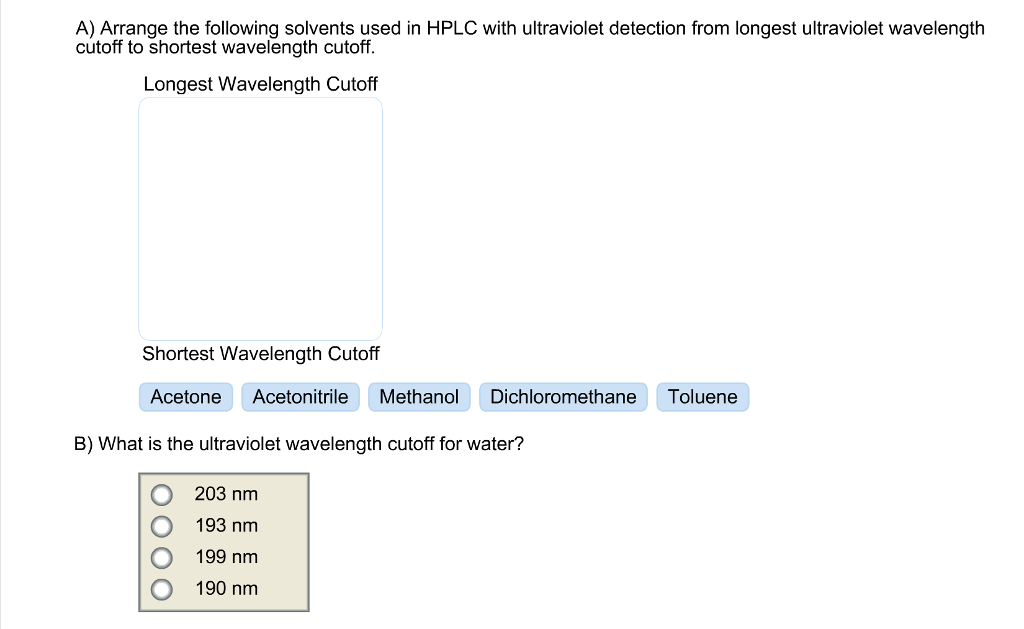


Different colors indicate that something different is in the solution. b. The ion being measured in the same in both solutions. Different colors indicate that a different wavelength is absorbed. Based on this evidence, which of the following statements are true? a. The spectra of the two solutions will have different λmax values. Copper(II) ion in aqueous hydrochloric acid produces a green solution. Copper(II) ion in aqueous ammonia produces a blue solution. NO! The maximum wavelength is different and the shape of the peak is different, therefore, the substance is different.Ģ. Is the substance in the spectra below, the same as the substance in the spectra above? Justify your answer. How will the spectra look if a 1.00 mm sample cell is used instead of the 1.00 cm cell? As the 1.00 mm cell has a shorter pathlength (1/10 shorter) the absorbance at each wavelength will be 1/10 of its current value. How will the spectra look if a higher concentration of the same ion where measured? The peak maximum and shape will be the same, but the absorbance (at any wavelength that absorbs) will be higher.

Absorptivity DOES have units! At 450 nm, the absorbance is about 0.20. The pathlength is 1.00 cm is assumed (see general directions). If the concentration of the solution was 45.0 ppm, what is the absorptivity of the substance at λmax? at 450 nm? The absorbance is 1.0 at λmax, (it may be a little more or less than one, expressing it as 1.0 significant figures implies 1.0☐.1 which seems a reasonable reading of the value). What region of the spectra is shown here? This is the visible region as seen by the wavelength scale on the x‐axis. The peak on the right is slightly higher than the one on the left. Is the spectrum above a band spectrum or a line spectrum? This is a band spectra, there are what appear to be two overlapping but wide peaks.


 0 kommentar(er)
0 kommentar(er)
